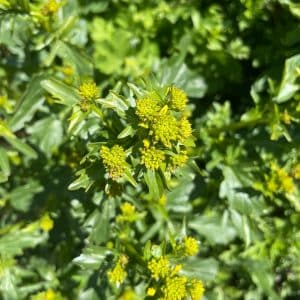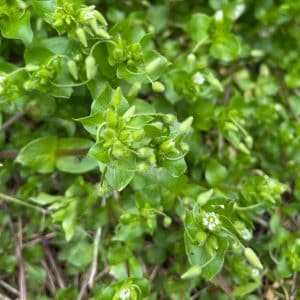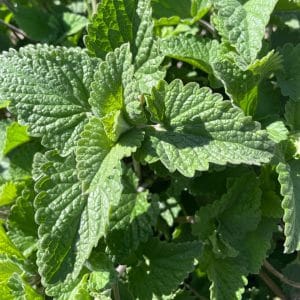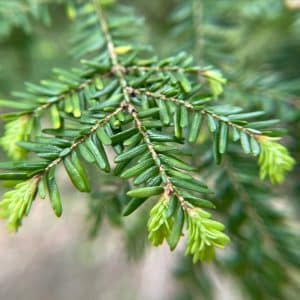Autumn Olive Introduction
Autumn Olive (elaeagnus umbellata) is an invasive shrub that was introduced to the United States in the 1930s. By the 1950s it was promoted as a great food source for the wildlife and people of the Central and Eastern U.S. but it’s hearty nature and pervasiveness was underestimated. Autumn Olive’s abundant fruit production, ability to propagate in many soil types, and avian seed dispersal allowed the plant to grow so densely that is shaded out native species. Read our article focusing on autumn olive for more information.
Health Benefits of Autumn Olive
Interestingly, Autumn Olive fruit has a high fatty acid content, which is not common in fruits. Autumn Olive berries are loaded with vitamins and minerals, including Vitamins A, C and E. They also boast antioxidants called flavanoids, and natural sugars and proteins.
Eating Autumn Olive
The only part of Autumn Olive known to be edible is the berries that ripen and turn from tan to red in fall. If you look closely you’ll note that the leaves and fruit are covered in tiny silver dots. The ripe berries are very tart and sweet. They are best used for baking recipes with fruity fillings, like pies. They also make excellent preserves, like fruit leather and jam.
Ingredients
8-10 cups autumn olive berries(harvested in the fall when the berries are red)
4-8 oz water
Sweetener (honey, agave nectar, sugar, stevia, etc.)
Directions
1. Place large pot on stove. Add berries and water.
2. Heat pot over high heat.
3. Stir and mash berries until liquid comes to simmer, about 3 minutes.
4. Reduce heat low and simmer until most berries have burst, about 10 minutes.
5. Use wooden spoon to push thickened berry mixture through sieve into large bowl. Or use food mill to remove seeds and stems.
6. Add sweetener to taste, if you prefer.
If using dehydrator:
1. Lightly coat 2 fruit roll sheets or parchment paper with vegetable oil.
2. Thinly spread berry mixture over sheets and place in dehydrator tray.
3. Set dehydrator to 135-140 degrees F and dry for 10 hours, or until fruit is no longer sticky.
If using oven:
1. Line cookie sheets with parchment paper.
2. Spread berry mixture over sheets and place in oven.
3. If possible, set oven to 135-140 degrees F and dry for 10 hours, or until fruit is no longer sticky.
4. If lowest setting is higher than 135-140 degrees F, set to lowest setting and dry until fruit is no longer sticky.
To finish Fruit Leather:
1. Remove fruit leather and cut into strips with knife or pizza roller.
2. Roll up fruit leather and store in an air tight container. Store in freezer if fruit leather is still tacky.
3. Enjoy.






